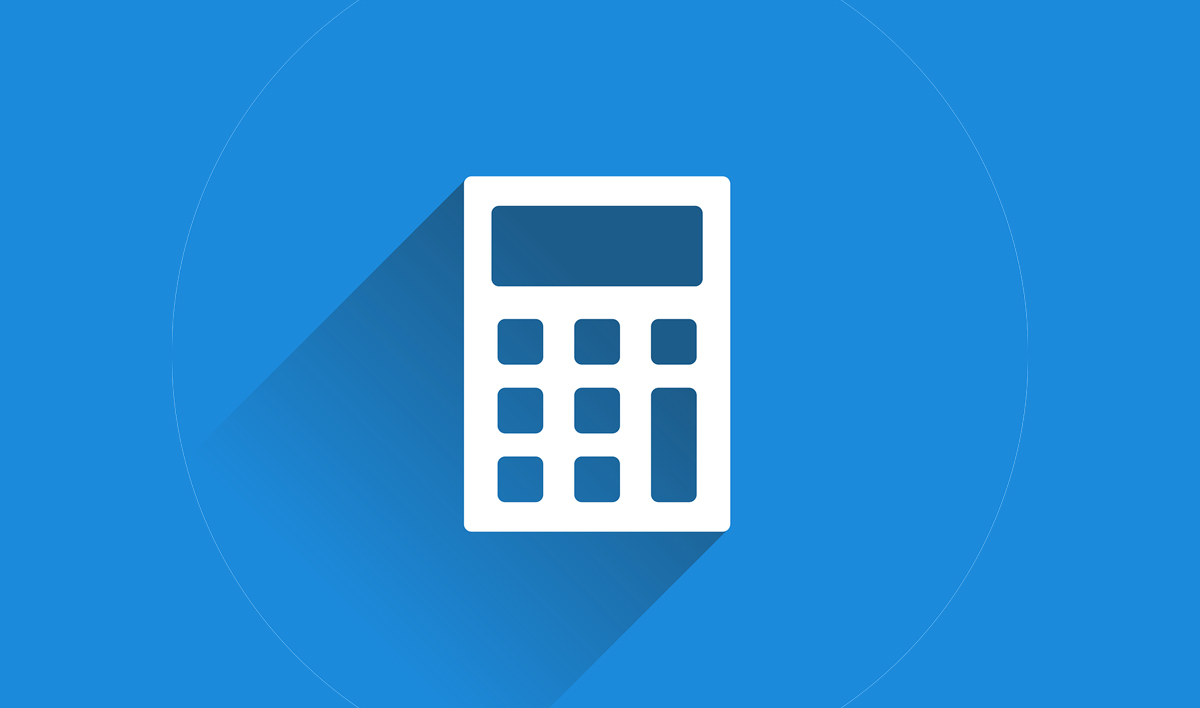Microsoft Excel is one of the most powerful tools for data analysis and calculations. One of the fundamental calculations frequently used is finding the average of a set of numbers. Whether you’re working with financial data, student grades, or business metrics, knowing how to calculate averages efficiently in Excel can save you time and improve accuracy.
In this article, we will explore different methods to calculate the average in Excel, including built-in functions and manual approaches. By the end, you’ll be able to choose the best method for your needs.

What is an Average?
The average, also known as the arithmetic mean, is the sum of a group of values divided by the total number of values. In Excel, calculating an average is easy with the right formulas and functions.
The formula for calculating the average is:
Average = Sum of all values / Number of all values
Excel provides several methods to compute the average efficiently.
Methods to Calculate Average in Excel
1. Using the AVERAGE Function (Recommended)
The easiest way to calculate the average in Excel is by using the AVERAGE function. This function computes the arithmetic mean of a range of numbers.
Syntax:
=AVERAGE(range)
Example:
If you have a list of numbers in cells A1 to A5 (10, 20, 30, 40, 50), you can find their average by typing:
=AVERAGE(A1:A5)
This will return 30 as the result.
2. Using the AVERAGEA Function (Includes Non-Numeric Values)
The AVERAGEA function is useful when working with datasets that include text values or logical values (TRUE/FALSE). Unlike AVERAGE, which ignores non-numeric values, AVERAGEA assigns:
- TRUE = 1
- FALSE = 0
Syntax:
=AVERAGEA(range)
Example:
If A1 to A5 contain {10, TRUE, 30, "Text", 50}, the formula =AVERAGEA(A1:A5) will return 18.2, since TRUE is treated as 1, and text is ignored.
3. Using the AVERAGEIF Function (Conditional Average)
If you need to calculate the average based on a condition, AVERAGEIF is the ideal function.
Syntax:
=AVERAGEIF(range, criteria, [average_range])
- range: The range to apply the condition.
- criteria: The condition to be met.
- average_range (optional): The actual range of numbers to average.
Example:
Find the average of values greater than 20 in A1:A5:
=AVERAGEIF(A1:A5, “>20”)
If the values are {10, 20, 30, 40, 50}, this will return 40.
4. Using the AVERAGEIFS Function (Multiple Conditions)
For multiple conditions, use AVERAGEIFS.
Syntax:
=AVERAGEIFS(average_range, criteria_range1, criteria1, [criteria_range2, criteria2], …)
Example:
Find the average of numbers in B1:B5 where A1:A5 contains “Pass”:
=AVERAGEIFS(B1:B5, A1:A5, “Pass”)
This is useful for grading systems where only passing scores should be averaged.
5. Manually Calculating Average (Using SUM and COUNT)
Another way to calculate the average is by combining SUM and COUNT functions.
Syntax:
=SUM(range)/COUNT(range)
Example:
=SUM(A1:A5)/COUNT(A1:A5)
This approach is useful when you want to customize calculations further.
Handling Errors While Calculating Average
1. Avoiding Errors with AVERAGEIF or AVERAGEIFS
If there are no matching values, AVERAGEIF and AVERAGEIFS may return an error. Use IFERROR to handle this:
=IFERROR(AVERAGEIF(A1:A5, “>20”), “No values match”)
2. Ignoring Zero Values
If you want to exclude zeros from the average calculation, use:
=AVERAGEIF(A1:A5, “<>0”)
3. Handling Blank Cells
Blank cells are ignored in the AVERAGE function but counted in AVERAGEA. If you want to avoid issues with blank cells, use:
=AVERAGEIF(A1:A5, “<>””)
Practical Use Cases
1. Calculating Student Grades
Teachers can use Excel to calculate students’ average scores using AVERAGE or AVERAGEIF to exclude certain scores (e.g., failed attempts).
2. Financial Data Analysis
Businesses can compute average monthly sales, customer spending, or expense tracking using AVERAGEIFS for deeper insights.
3. Employee Performance Tracking
HR professionals can calculate the average performance ratings of employees meeting specific criteria.
Conclusion
Knowing how to calculate averages in Excel is essential for data analysis. Whether using the basic AVERAGE function or advanced methods like AVERAGEIFS, Excel provides flexibility in computing averages efficiently. By applying these techniques, you can streamline your calculations and make data-driven decisions.
Key Takeaways:
- Use
AVERAGEfor a straightforward mean calculation. - Use
AVERAGEAwhen dealing with non-numeric values. - Use
AVERAGEIFandAVERAGEIFSfor conditional averages. - Combine
SUMandCOUNTfor a manual approach.
Mastering these functions will improve your efficiency in handling Excel spreadsheets and data analysis.
